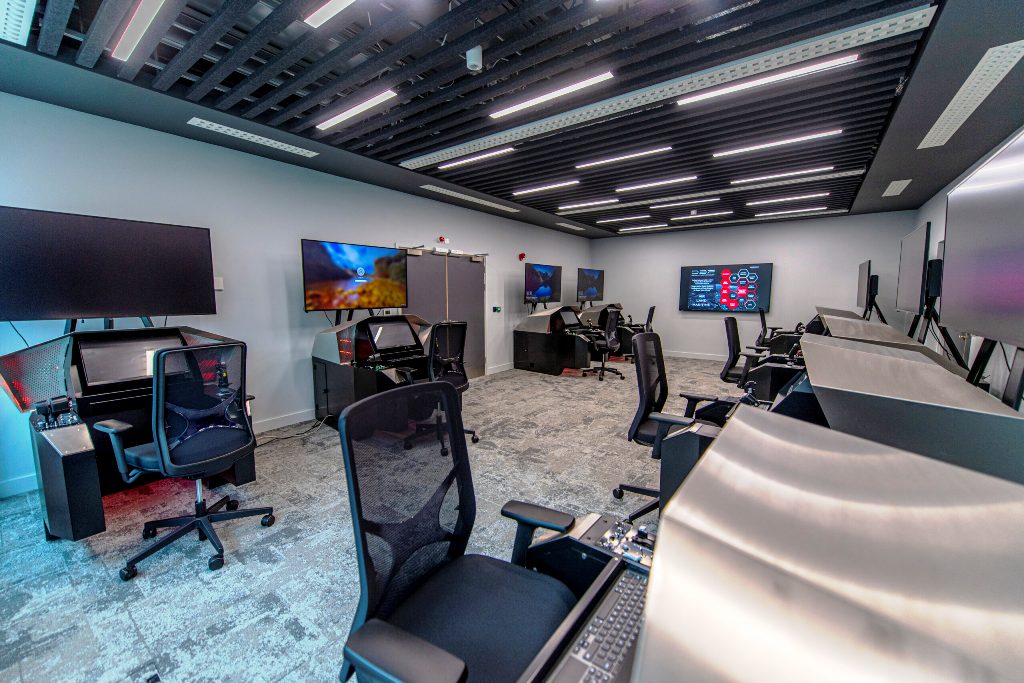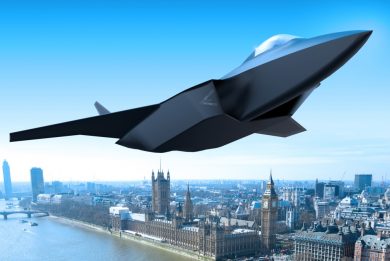
MBDA UK 2023 forecast and Digital Battlespace Facility opening
With good results obtained in 2022 MBDA UK looks forward to a successful 2023, while it inaugurated its new Digital Battlespace Facility at Stevenage
On 10 May, Managing Director, Chris Allam, provided an update on the latest developments in MBDA UK and introduced its new DBF facilities. MBDA UK employs 4,900 at its facilities at Stevenage, Bolton, Bristol, Bedford and Henlow and its total 2022 sales was £ 1.2 billion. Allam spoke of the benefits that are expected from the delayed UK- France summit earlier this year with a number of joint programmes including Sto.rm Shadow/SCALP, Meteor, Sea Venom/ANL, and Aster.
The company has been able to reduce the types of missiles produced from 22 to only five. These include Block 6 ASRAAM, the effectiveness of which was illustrated by the recent shooting down of a small hostile drone with a missile fired from an RAF Typhoon. The RAF fired a total of 50 ASRAAMs during a single exercise in 2022.
The upgraded Brimstone 3 is in production and the air-launched variant is being re-qualified. A vehicle launched variant is being developed for the British Army’s Boxer Mechanised Infantry Vehicle (MIV) and the company is confident that it will be used on other vehicles including Supacat High Mobility Transporter.
CAMM and CAMM ER are becoming a best-sellers with Poland having placed the largest ever contract for the missiles. In total, MBDA will provide missiles and missile launchers valued at £ 1.9 billion to support Poland’s modernisation and manufacture of 22 PILICA+ air defence batteries, making it the largest European short-range air defence acquisition programme in NATO.
Designed by PGZ, PILICA+ will combine MBDA’s CAMM short-range radar-guided missiles with Polish-made auto cannon and very-short range infrared guided missiles into a triple-layer system commanded by a Polish command and control system and guided by Polish radars.
MBDA is also involved in sharing pioneering technology to develop Mala Narew, Poland’s future Ground-Based Air Defence system, as well a Poland’s new Mieczik frigate, and its Ottokar-Broza tank destroyer programme. MBDA is in discussion with PGZ for production in Poland.
MBDA recently test fired a new medium-range missile defence system using the CAMM-ER missile. The Medium Advanced Air Defence System (MAADS), which development is led by MBDA Italy, is aimed for induction into the Italian Air Force, replacing the SPADA short-range air defence system. In the trial, the system detected, identified, and evaluated a target drone simulating an enemy missile before launching the CAMM-ER for interception. The MAADS consists of a Detection Centre module, launcher, and the CAMM-ER, which has a range of 40 kilometres (26 miles).
Recent MBDA-related hallmarks include the South Korean KF-21 integration of METEOR beyond visual range air-to-air missile and its first ejection trials.
There is growing interest in MBDA’s SPEAR which is undergoing qualification while development of CAMM EW is underway. These are among advanced air-launched weapons expected to be used by Tempest FCAS and the European SCAF projects as well as the GCAP. For the latter programme, MBDA will form teams with Italy and Japan and aim for fast integration of it weapons.
Future projects include the development of MBDA’s Dragon Fire laser direct energy weapons with Qinetiq and Leonardo, and a stealthy subsonic successor to Storm Shadow to be revealed in 2025.
MBDA UK has also opened its new Digital Battlespace Facility at Stevenage that is a multi-domain battlelab that will be used by company technicians to develop new weapon requirements and designs as well as customers for evaluating weapons systems and training in the air, land and maritime environments. It will be used to bring together models, simulations and equipment and people throughout the weapons systems lifecycle.
Photo courtesy MBDA



